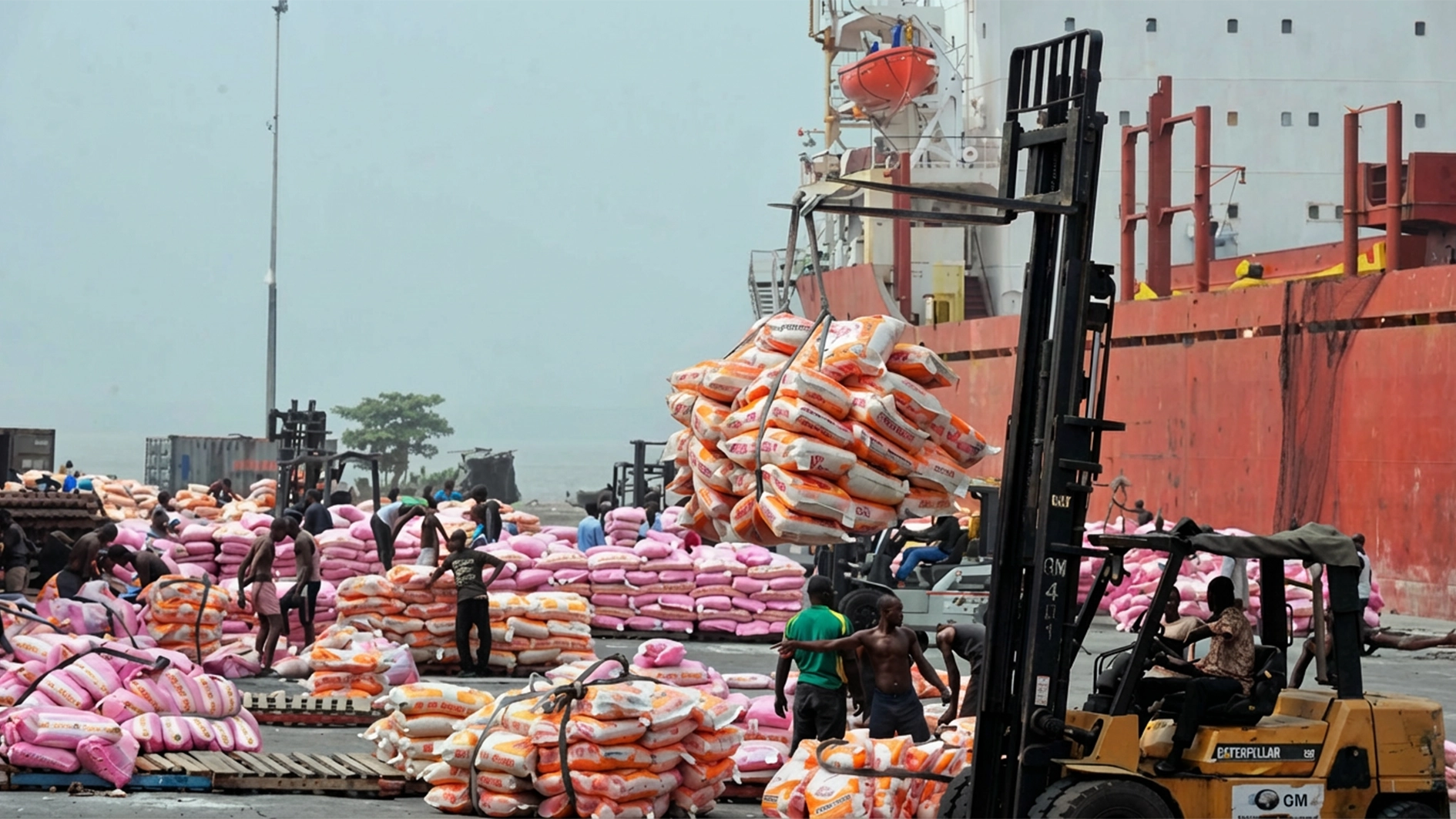
World exports of intermediate goods (IGs) slumped by 10 per cent year-on-year in the fourth quarter of 2022 to $ 2.3 trillion, reflecting the disruptions global supply chains faced in the closing months of the year due to the geopolitical context, commodity shortages, high energy prices and weak consumption, a recent World Trade Organisation (WTO) study has revealed.
Affecting practically all regions, IGs refer to inputs used to produce a final product and are an indicator of the activity in global supply chains and the value creation of an economy.
According to the WTO study, the worldwide downward trend in IG exports started in the second quarter of 2022 and continued into the fourth quarter of the year and the first quarter of 2023. The share of IGs in total trade (excluding fuels), dropped slightly to 47 per cent in the fourth quarter of 2022, below the 51 per cent share recorded in the same quarter a year earlier and the 50 per cent average ratio for the last decade.
In the third quarter of 2021, Africa saw its IG exports increase by 42 per cent, as several economies in the region intensified their supply of metals and primary products to international production chains. This figure dropped to less than 25 percent in Q4 of 2022, signaling a sharp decrease.
The second quarter of 2022 was the last time the IG figures remained stable at $2.5 trillion but dropped to $2.3 trillion in the fourth quarter of 2022 and just a little over $2 trillion in the first quarter of 2023.
The report said Asia and Africa experienced the most significant decline, with a drop of 15 and 14 per cent respectively in their IG exports year-on-year in the fourth quarter of 2022.
IG exports fell most steeply as its outbound shipments of high-tech components (computer memories and integrated circuits) fell by 42 per cent from US$ 13.1 billion to US$ 7.5 billion. IG exports from Europe experienced a nine per cent decrease, which can be traced to sharp declines in exports of metals such as aluminium alloys, whose production was deeply affected by the rise in energy costs triggered by the war in Ukraine.
IG exports of North America and South and Central America (-2 and -0.1 per cent respectively) suffered distinctly less. The decrease in global IG exports can be partly traced to the product categories “parts and accessories (excluding transport equipment)” and “other industrial supplies,” which declined by 13 per cent and 14 per cent respectively year-on-year in the fourth quarter of 2022. World exports of ores and precious stones, meanwhile, decreased by three per cent, reflecting the downward demand worldwide and a decrease in prices, especially for iron ores. Food supply chains, in contrast, remained resilient with IG exports in the “food and beverage” product category rising by seven per cent.
Similar to global IG growth, trade flows within and between regions posted a decrease in the fourth quarter. Intra-Asia IG trade dropped by 16 per cent, signalling a slowdown in regional supply chains. A similar trend was observed in Europe, where regional exchanges of industrial inputs decreased by 10 per cent. IG exports to South and Central America from all regions were among those that decreased the most.
China drastically cut its exports of semi-manufactured metals (iron and steel products) to the region by two-thirds in Q4 2022 YoY (from US$ 945 million to US$ 321 million). This was probably linked to China’s reduction in crude steel production as part of an environmental policy aimed at reducing carbon emissions.






